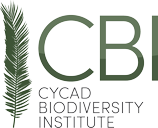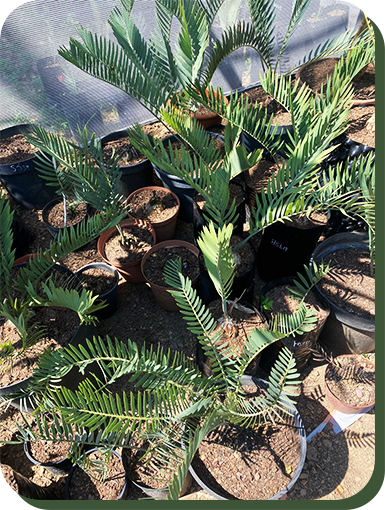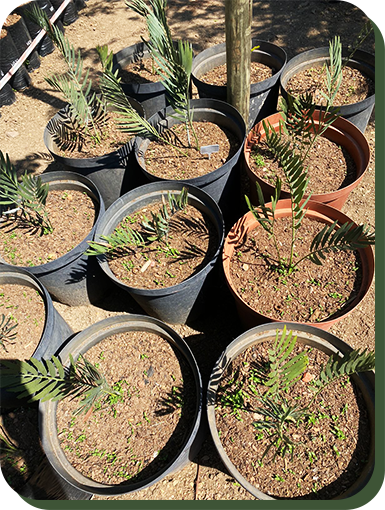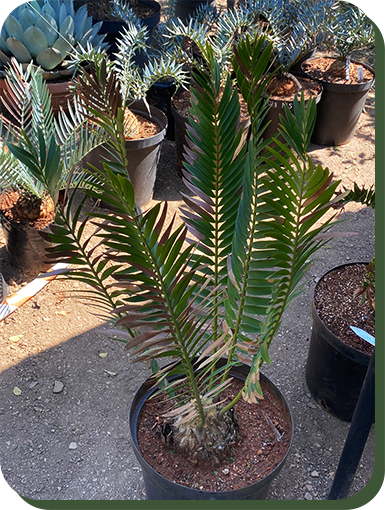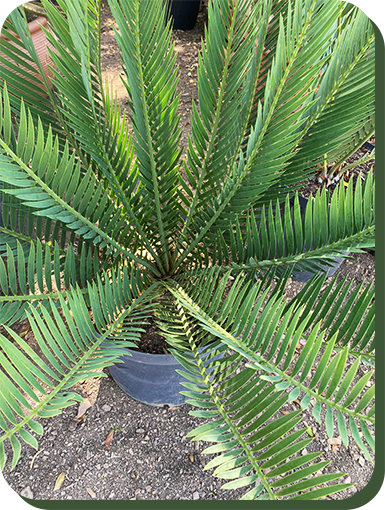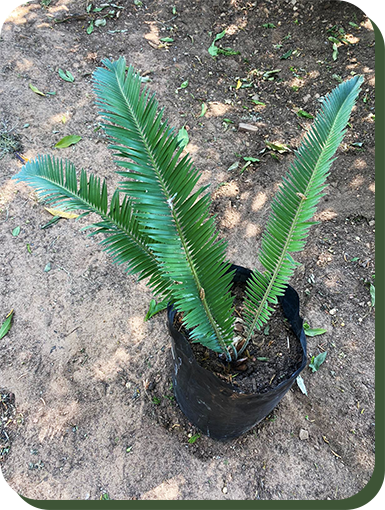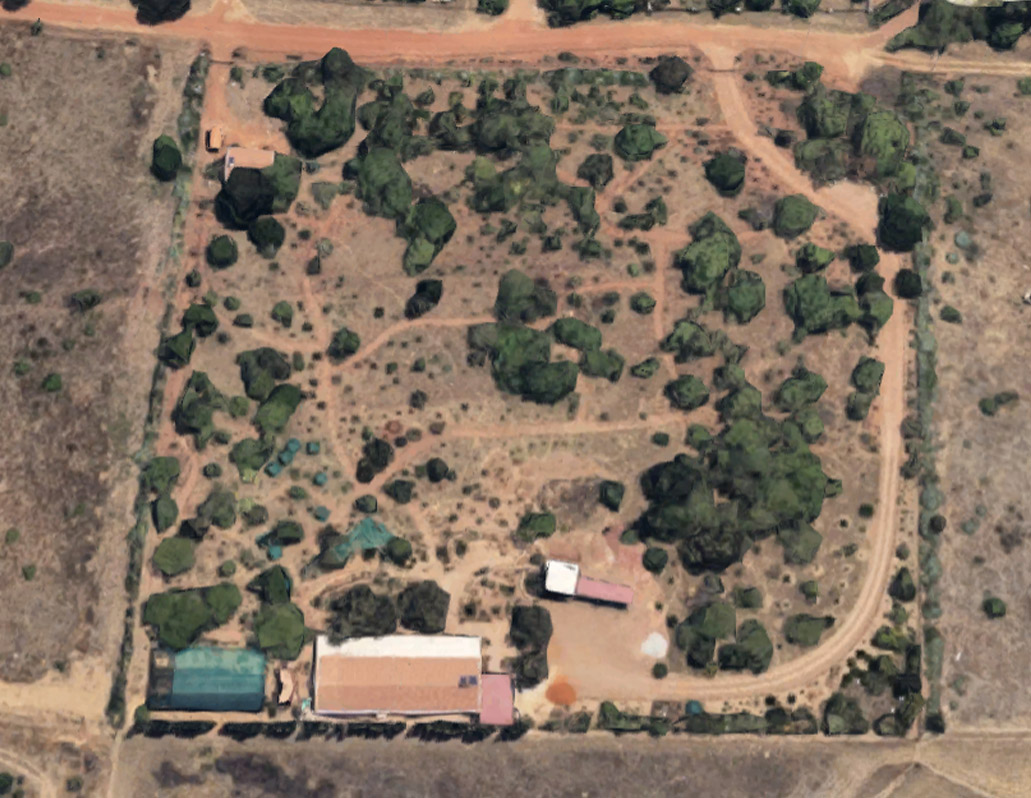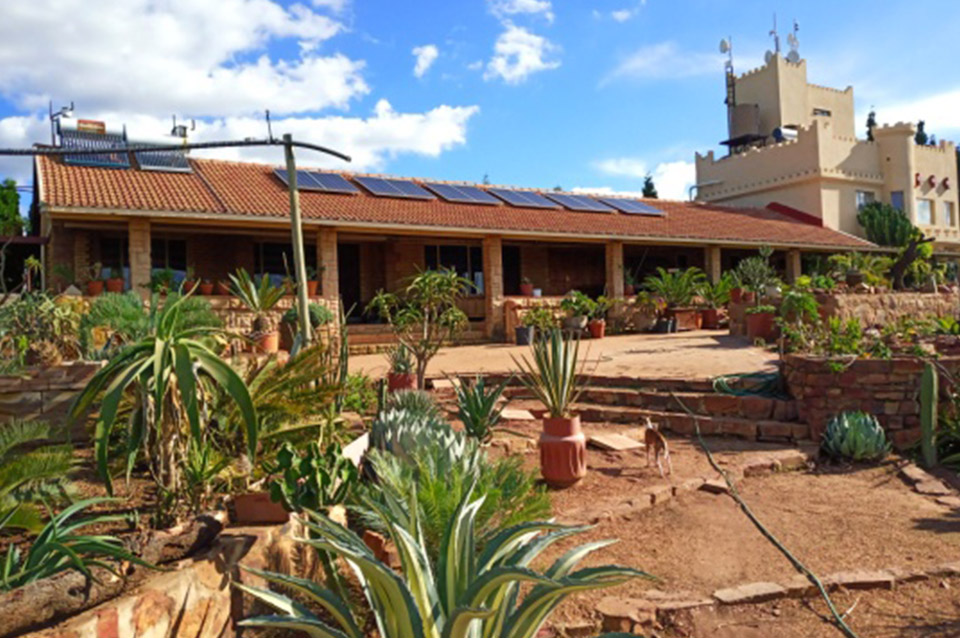Welcome to the Cycad Biodiversity Institute
a one-stop networking station where plant enthusiasts can gather, meet, network, participate and learn about these amazing plants, without the need to disturb their natural habitat. It is imperative for research and comparison to ensure that the CBI is located where the growing conditions such as climate, altitude and rainfall closely matches that of the natural habitat of the plants.
What do we do?
A convienient satellite campus for large local and international research institutions.
The CBI intend to involve key organizations and provide for offices at the CBI where their interests and capabilities can be exploited and enhanced for the benefit of the CBI and the organization’s missions. Such organizations include Nature Concervation, South African National Biodiversity Institute (SANBI), the Cycad Society of South Africa (CSSA), the Council for Scientific and Industrial Research (CSIR), and various universities. All of these institutions are in close range of the CBI.
The university of Berkeley in California, USA, already conducts research using samples from the CBI motherstock, for DNA profiling on an ongoing basis. The plan is to also involve researchers from the University of Pretoria and Wits University in Johannesburg. The CBI may consequently serve as a convienient satellite campus for large local and international research institutions.
Our Facility
Currently, the CBI has secured basic infrastructure on a 3 hectare small holding next to the Rietvlei Nature reserve. The property has a pristine and unlimited water supply from the Rietvlei dam, and its own solar electrical supply, rendering it reasonably self sufficient.Established facilities include visitor overnight residence, a laboratory, library, art gallery, archive, cycad treatment area, germination tunnel and a temporary nursery with a tea garden. The CBI has established a large collection of motherstock plants for research which has been collected over more than three decades.
The CBI plans to soon expand the facilities to include a Training Centre where courses, lectures, demonstrations and tours can be facilitated. The Douglas Goode Art Gallery will open soon with many original cycad art pieces and copies for sale. The CBI also plans to establish an on-site Herbarium as part of the Information Centre.
The Estate is also merely few hours drive to the well known Bezhoek farm where the natural habitat of E.middelburgensis and E.lanatus is, and the owners welcomes research activities there in-situ. The Blauwkrantz farm in the Eastern Cape has also accommodated regular tours to the area, where E. Horridus, E. Trispinosus and E. longifolius naturally grows. The CBI has been invited to do research there and all of these sites has accommodation facilities to enable short and medium term visiting groups or tours. The Entabeni reserve is a mere two hour drive from the campus, where E. eugene-maraisii grows, and they are also very forth coming.
Other localities such as Presedentsrus (E. Lanatus), Kaapschehoop (E. Laevifolius) and even Hoedspruit (Mariepskop laevifolius) to name just a few, are just a few hours drive away and ideal for a few days visit, utilizing guest houses and other overnight facilities in the vacinity.
Infrastructure
The main building comprises a laboratory for seed germination, pollen keeping and facilities to treat plant material and prepare offshoots/suckers for rooting. The labs have a large veranda in front to enable working even during rainy times. The castle on the right is a residence for the keeper family. The solar panels and solar geisers are clearly visible on the roof. The premises enjoys free WiFi as can be seen on the castle top. The sensitive plants grows under 40% shade netting, as shown above, to provide for filtered wind and sunlight. This is vital especially for the E. woodii project, where the three forms of E. Woodii are kept and cultivated to ultimately breed the “first female E. woodii”. The effort stands at F3 which is 87.5% pure female E. woodii.
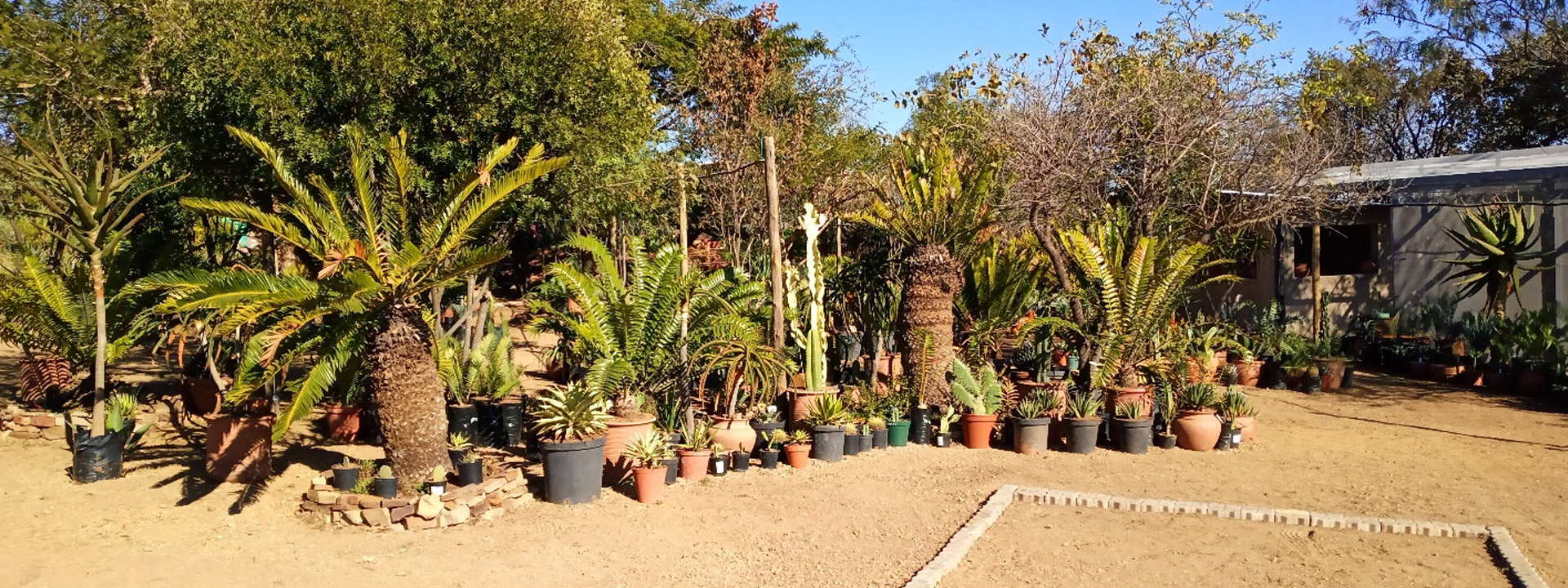
Motherplant collection
The motherstock collection includes many rare species of Cycads, Cactii, Agave, Euphorbiae and much more.
The collection focusses on E.woodii and E.laevifolius species which are the focus of Derik’s research. Motherstock plants provide the same growth conditions for all plants, including soil, feeding, watering, climate, and when planted in “families” of three close together, the micro-climate is also the same. This enables a researcher to compare leaf colour, growth patterns and such, amongst different plants and species with no confusion as to differences due to habitat etc.


Motherstock plants planted in families of three where practical, in areas called “kraal”, often lifted as on the left photo, for better drainage and protection. Plants are raised by ring-lining the holes with stones before raising with light soil medium, so that the stones can be removed as the plants settled to lower levels untill level with the landscape. This enables better care for shoots and feeding.

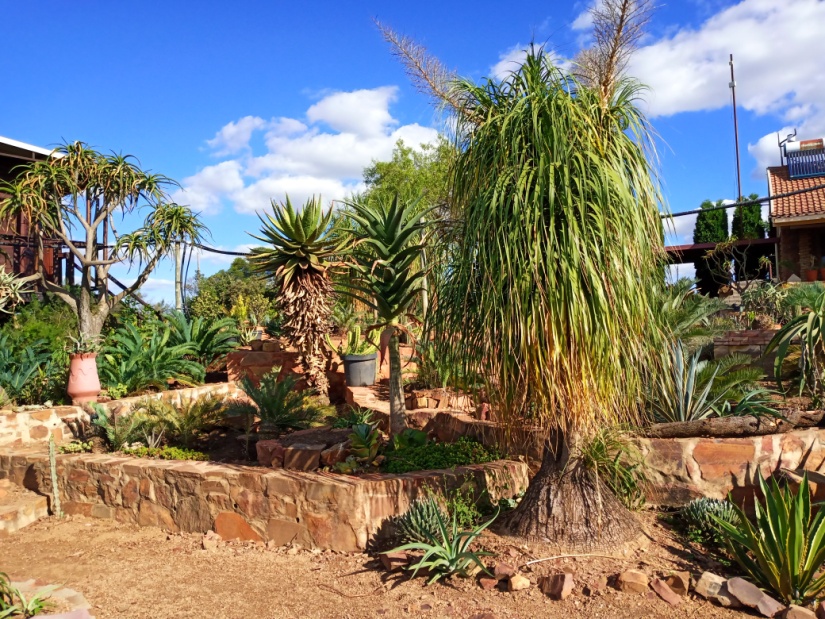
Contact CBI
Got a question? Want to join a Network of Cycad Enthusiasts?
We’d love to get in touch.
Complete the form and we’ll get in touch!
Or use the contact information below.
